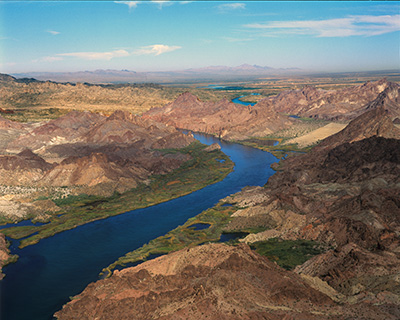| 2015 RiverWare User Group Meeting |
 |
| NCAR/UCAR Center Green Campus Auditorium |
Tuesday, February 3, 8am - 5pm
Wednesday, February 4, 8am – 12:30pm
|
 |
|
|
 |
 |
 |
|
| |
| Reservoir Filling Options Assessment for the Great Ethiopian Renaissance Dam (GERD) Using a Probabilistic Approach |
| Zelalem T. Mekonnen - Graduate Student, Dept. of Civil and Environmental Engineering, UCLA, Los Angeles, CA, USA; Azeb Mersha - Staff Engineer, Eastern Nile Technical Regional Office, Addis Ababa, Ethiopia; & Kevin G.Wheeler - Consultant, Water Balance Consulting, Boulder, CO, USA and DPhil Candidate, University of Oxford, Oxford, UK |
| The River Nile has a great potential for development in the Eastern Nile Basin but if this development is not planned and coordinated well it can be the source of conflict in the basin. The current tension observed between Egypt, Ethiopia and Sudan is an example of the water stress in the region and the growing need for development. With this respect the Eastern Nile Riverware model was developed by the Eastern Nile Technical and Regional office to support the investigation of development options for best utilization of the resources and promote benefit sharing among the Eastern Nile countries. The Model was calibrated to historical conditions, and configured to the baseline representing the current infrastructure and known management practices. In this paper it is being used for a case study to assess alternative reservoir filling options of the Great Ethiopian Renaissance Dam a $4.8 Billion project which is around 30% in the construction phase and expected to generate 6000 MW of electricity, the biggest hydropower plant in Africa, with some 74 BCM of storage capacity. The study follows a probabilistic approach in presenting the results to account for future hydrological uncertainties. This was possible by running 35 traces or realization of hydrology and a scenario matrix to represent different filling periods and downstream conditions. A total of 525 runs have been made and results are presented for possible impacts and power generation at the dam site using statistical and probabilistic approach. The analysis results demonstrated the downstream risks behind the filling of the dam can be minimized by an appropriate filling and operation mechanisms as well as a corresponding management plan downstream. The long term benefits of the dam as a climate shock absorber, flood risk mitigation tool and more importantly a power hub in the region is reflected in the analysis results as well. |
| Click HERE for a PDF version of the presentation slides. |
|
|
|
|